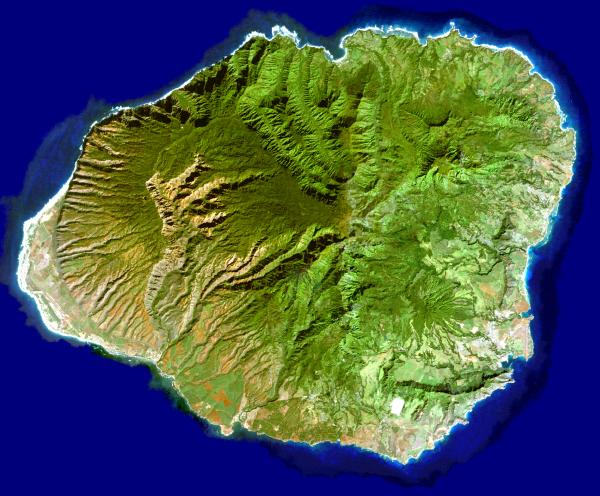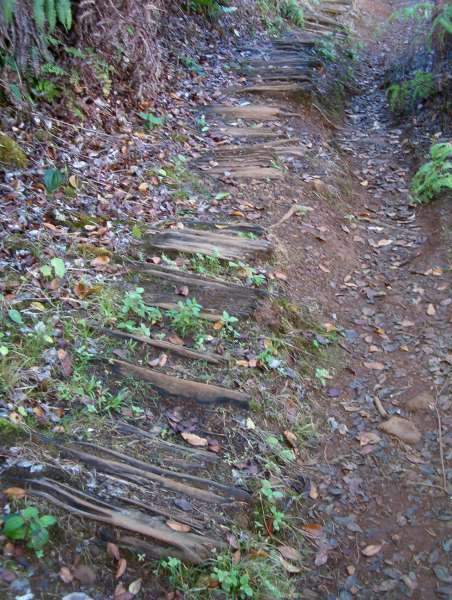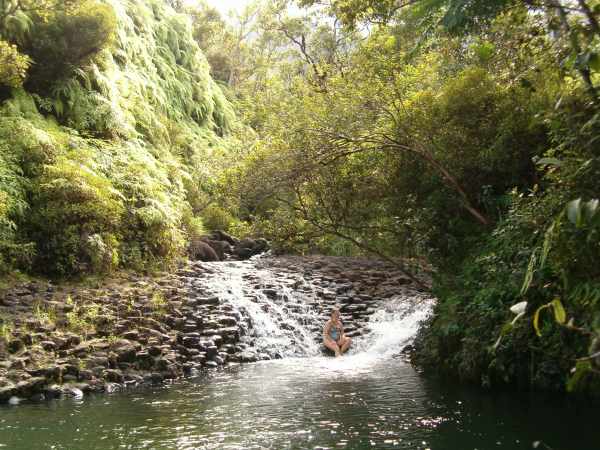Sunday, Sep 4th, 2005 by
Andy |
Leave a Comment
Filed under:
Kauai Style
Another sign of local malaise towards the tide of mainland immigrants can be found on the back of local vehicles:
- “Kauai: a great place to visit, don’t move here”
- “I grew here, you flew here”
Despite being a recent immigrant myself, I’m not too offended by such expression of gentle hostility. For one, both bumper stickers were spotted on the pick-up trucks of teenage kids. Not that their feelings aren’t genuine, but they are dealing with a lot of change in their lives, much of which lies beyond their immediate control. This is just one way to feel like they can influence one of the change factors. It might work too, if it makes someone considering the move feel that they will be unwelcome.
Another reason I’m not alarmed is that I sympathize with their feelings. The qualities that make this island attractive will disappear with unregulated growth. I think there are ways that many more residents could live here without impacting the spirit of the place, but I don’t think the newcomers want to accept such regulations. The problem really is the people who want to move here and not embrace the simple, easy-going life. Their desire for luxury houses, big cars, convenience and resources to exploit are not appropriate for an island of limited space and limited resources.
While I could be branded a hypocrite, I feel I have accepted the limitations of life here, I want to make do and participate in the local community. I want to find a way to enact the regulations that will protect this island and its local lifestyle. I also hope the owners of the bumper stickers find ways to become active in the same way, otherwise that latent anger may just build up.








